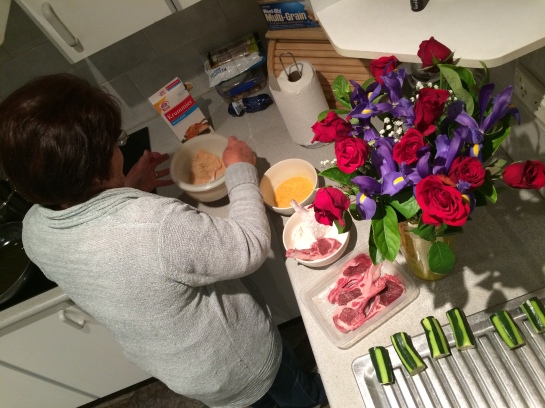In contemporary media there are many television shows that portray the conventional life of a prisoner. Series such as Prison Break, Orange is the New Black, and Oz are all popular shows lacking the perspective of prison life from the guard. Stereotypically portrayed as the cruel, intimidating, ruthless guard, the lack of background story behind the officer creates a faceless being misunderstood and looked down upon in society.
To dive into the life of this forgotten worker it’s important to note that walls are subconsciously put up in order for them to survive in their workplace mentally. Chris Olson, a guard with an Air Force background, believes that jail is an incredibly challenging environment to work in “These guys push our buttons everyday in regards to our professionalism and integrity… You really need to know your boundaries because they will manipulate and work on you day in, day out until they turn you.” He believes that prison officers must wear “multiple hats” when dealing with inmates. The officers have a duty of care for the inmates, like raising a child, some days you can be compassionate, but other days you need to be very black and white. The constant brutality shown in the media is a false representation of prison guards “These TV shows don’t really show what a correctional officer is,” as inmates are often seen as the protagonist the audience empathises with.
Majority of the inmates have had a hard life “They’ve grown up on welfare, or with their parents in jail, this is just a natural progression for them.” This is why the officers struggle daily to control and contain the troubled individuals ranging from extreme drug addicts, to rapists and murderers who have both violent tendencies toward themselves and others.
Lisa Pirie, a female officer, struggles with added pressures “There’s lots of sexual innuendos and wolf whistles… you just need to be very careful not to give any inkling that you enjoy this,” This hidden occupation is one that spills over to the officers’ personal lives “I’ve had plenty of threats made in anger and of course these guys have plenty of money and plenty of contacts outside, and I do care for my family.” Showing that once the officers go home they still cannot escape the workplace.
Through this audiovisual piece one will be shown the “forgotten” occupation the media so frequently hides from the public.
Additional resources for further research on what is hidden in prison life:
The Stanford Prison Experiment – https://www.youtube.com/watch?v=760lwYmpXbc
A study of the psychological effects of becoming a prisoner or prison guard. This video was especially helpful to me as it shows how people change depending on the role they’re playing or the character they’re assuming. This is reflected in my assignment as my Dad not only has to put on a mask at work but he is also mentally affected by the horrors he sees each and every day at work. This experiment shows that people change depending on their occupation or status, showing that my Dad’s job has inevitably changed him as a person as he works behind these forgotten walls.
Nelson Mandela’s quote “It is said that no one truly knows a nation until one has been inside its jails. A nation should not be judged by how it treats its highest citizens, but its lowest ones.” also inspired my assignment approach. Lisa (my second talent) outlined that as prison officers they have a duty of care for the inmates, showing that the ruthless image of guards is one that is false, as these officers treat their lowest citizens with consideration.
Another interesting further resource I’d encourage you to look at is “How Prisons work” http://people.howstuffworks.com/prison.htm This link gives both information and images of what a day in the life of a guard or an inmate looks like. Giving you some extra knowledge about jail when viewing my assignment.


